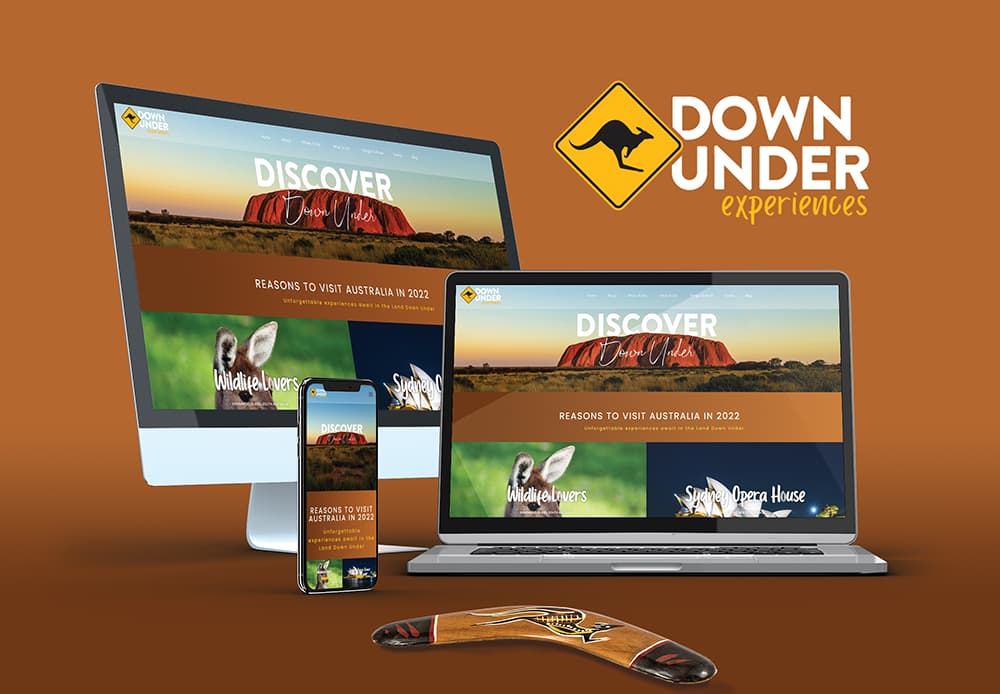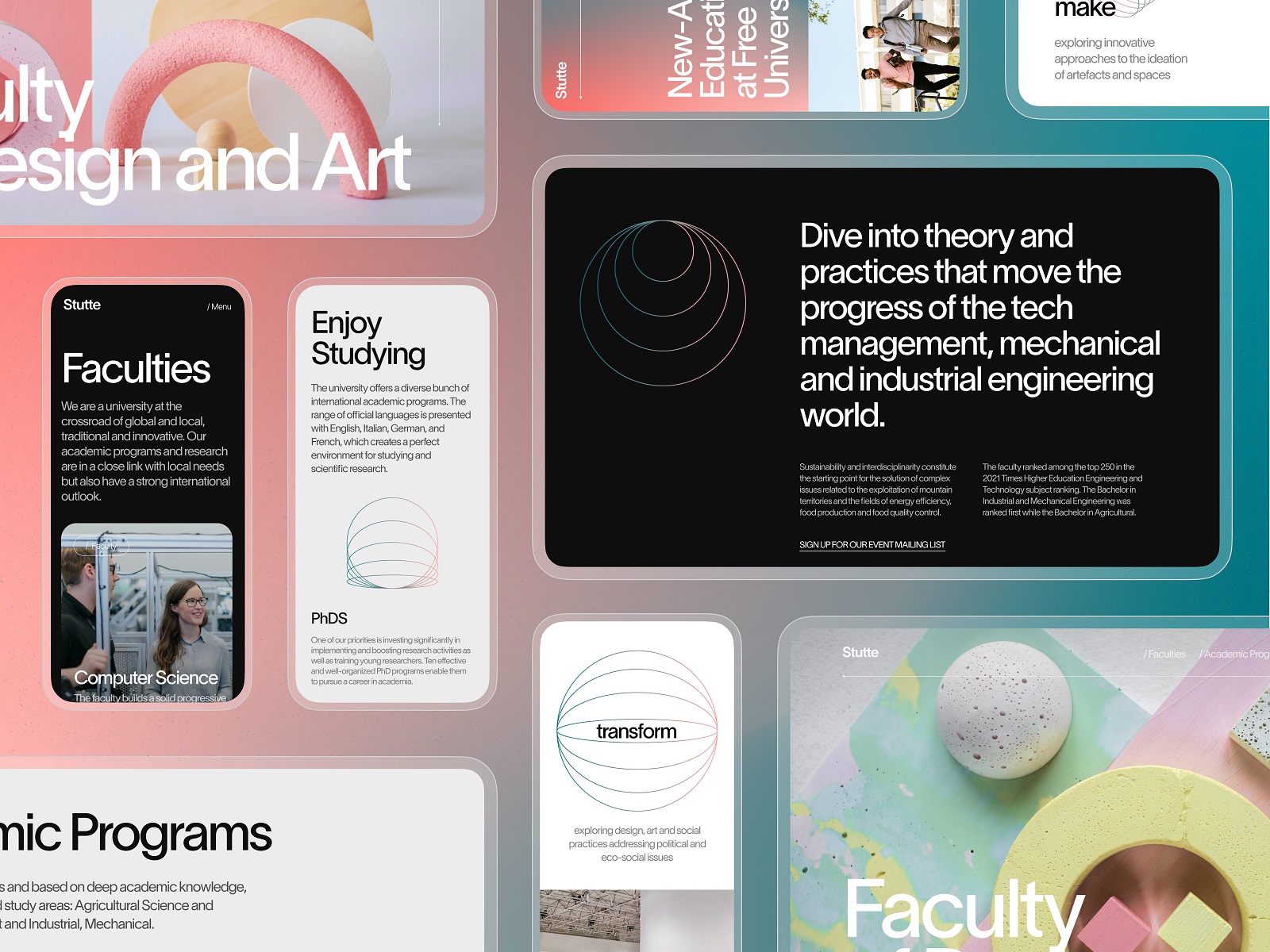The Ultimate Overview to Modern Web Site Design Trends
In the ever-evolving electronic landscape, contemporary internet site design fads play an essential duty in shaping individual experience and interaction. From the rise of minimal style concepts that focus on simplicity to the effect of strong typography in specifying brand name identification, each aspect contributes to a natural online existence.
Minimalist Style Concepts
Minimal layout principles emphasize the concept that much less is extra, advocating for simpleness and capability in aesthetic interaction. This approach strips away unnecessary elements, concentrating instead on crucial elements that share the designated message effectively. By prioritizing clearness, minimal layout boosts individual experience, permitting site visitors to browse sites easily.
Core tenets of minimalist layout include using enough white area, which produces a sense of balance and organization. This unfavorable space not just guides the customer's interest to crucial elements yet likewise promotes a calming visual atmosphere. Additionally, a restricted shade combination is usually used, using monochromatic systems or soft shades to preserve aesthetic cohesion and prevent frustrating the user.
Typography plays an essential function in minimalist style, where legible typefaces are chosen for their simplicity and efficiency in interacting web content. Photos and graphics are used moderately, making certain that they serve an objective instead than distract from the general message. Eventually, minimal design concepts cultivate a focused environment that encourages individuals to engage with the web content, boosting the overall efficiency of contemporary site style. This fad shows an expanding admiration for thoughtful, user-centric looks in electronic rooms.
Strong Typography Options
Embracing strong typography choices has become a specifying quality of modern-day website design, as it efficiently records focus and shares solid messaging. Developers are increasingly using typography not just as a practical component yet as a key visual part that improves the total aesthetic and customer experience.

Additionally, the juxtaposition of bold typography with minimal layout concepts enables striking contrasts, improving readability while maintaining aesthetic allure. Making use of whitespace around vibrant text further highlights its importance, guaranteeing that the message reverberates with the target market.
As digital landscapes become a lot more affordable, leveraging strong typography makes it possible for brands to separate themselves and leave a long lasting impact. The cautious selection of typefaces and their application can evoke emotions, establish tone, and drive activity, making bold typography a crucial tool in contemporary internet site layout. Eventually, it is a powerful way to boost storytelling and guarantee that essential messages are not just seen but also felt.
Receptive and Mobile-first Layout
Mobile-first and receptive design has actually become an essential principle in modern web site development, mirroring the enhancing dependence on mobile devices for accessing on the internet material. As individual habits changes in the direction of mobile browsing, designers should prioritize producing experiences that adjust flawlessly across various display dimensions and resolutions.
A responsive style makes certain that an internet site instantly readjusts its format, images, and functionality based on the tool being made use Recommended Reading of. This method improves user experience by providing consistent navigation and readability, regardless of whether the visitor is on a smartphone, desktop computer, or tablet computer computer system. In addition, mobile-first design supporters for creating websites originally for smaller sized screens, consequently scaling up to bigger display screens. This strategy motivates a more reliable and structured design procedure, focusing on important web content and performance first.
Implementing receptive and mobile-first principles not just satisfies user choices however additionally aligns with search engine optimization (SEARCH ENGINE OPTIMIZATION) techniques. Major internet search engine, like Google, focus on mobile-friendly sites in their rankings, making it imperative for organizations to embrace these design strategies. In a competitive digital landscape, embracing mobile-first and responsive design is not simply an alternative; it is vital for guaranteeing accessibility and interaction with a diverse audience.
Engaging Microinteractions
Microinteractions play a crucial duty in improving customer involvement and overall site experience, particularly in the context of mobile-first and responsive style. These subtle style components give immediate comments to users, making interactions a lot more satisfying and instinctive. Instances consist of button animations, notice notifies, and packing indications, which not just overview customers however additionally develop a sense of link with the interface.
Incorporating interesting microinteractions can significantly improve use by lowering cognitive lots. When users receive auditory or visual responses upon executing activities, such as clicking a switch or submitting a kind, they really feel a lot more positive in their choices. This fosters a smoother navigating experience, eventually boosting user retention.

As internet site design patterns proceed to progress, the relevance helpful site of microinteractions can not be overstated. They function as the subtle yet powerful touchpoints that transform regular interactions right into phenomenal experiences, thereby raising the total efficiency of contemporary website design.
Lasting Website Design Practices
Sustainable web style techniques are coming to be significantly important as the digital landscape expands and environmental problems climb. Developers and programmers are acknowledging their responsibility to create websites that not just offer user requirements however also lessen ecological impact. This strategy incorporates numerous vital methods.
Firstly, optimizing power usage is extremely important. Websites ought to be developed to fill quickly and successfully, which decreases web server energy usage and enhances individual experience. Methods such as photo compression, decreasing HTTP demands, and utilizing modern coding techniques contribute significantly to this goal.
Second of all, selecting environment-friendly hosting service providers is critical - website design. Several hosting firms are currently powered by renewable resource resources, allowing internet sites to operate in a more lasting manner. This choice reflects a dedication to minimizing carbon footprints
Moreover, taking on a minimalist style can boost sustainability. Less components on a page lead to much less information transfer, which not only quickens loading times however also conserves sources.
Last but not least, advertising electronic accessibility ensures that sites reach a broader audience without unneeded bloat, lining up individual experience with ecological responsibility. By integrating these sustainable methods, web developers can contribute positively to both individual interaction and the earth's wellness.
Conclusion
In summary, contemporary website style trends emphasize the assimilation of minimalist principles, bold typography, and receptive design to enhance user experience. Adopting these patterns is necessary for producing impactful digital experiences that resonate with users in a significantly competitive online landscape.
In the ever-evolving electronic landscape, modern web site design trends play an essential function in shaping individual Related Site experience and interaction. By focusing on clarity, minimal layout improves customer experience, allowing site visitors to browse web sites easily.
Eventually, minimal design concepts grow a focused setting that motivates users to engage with the material, boosting the general efficiency of contemporary website layout.Microinteractions play a pivotal role in boosting customer involvement and total internet site experience, especially in the context of receptive and mobile-first design.In summary, contemporary internet site design patterns stress the integration of minimal principles, bold typography, and responsive layout to boost individual experience.